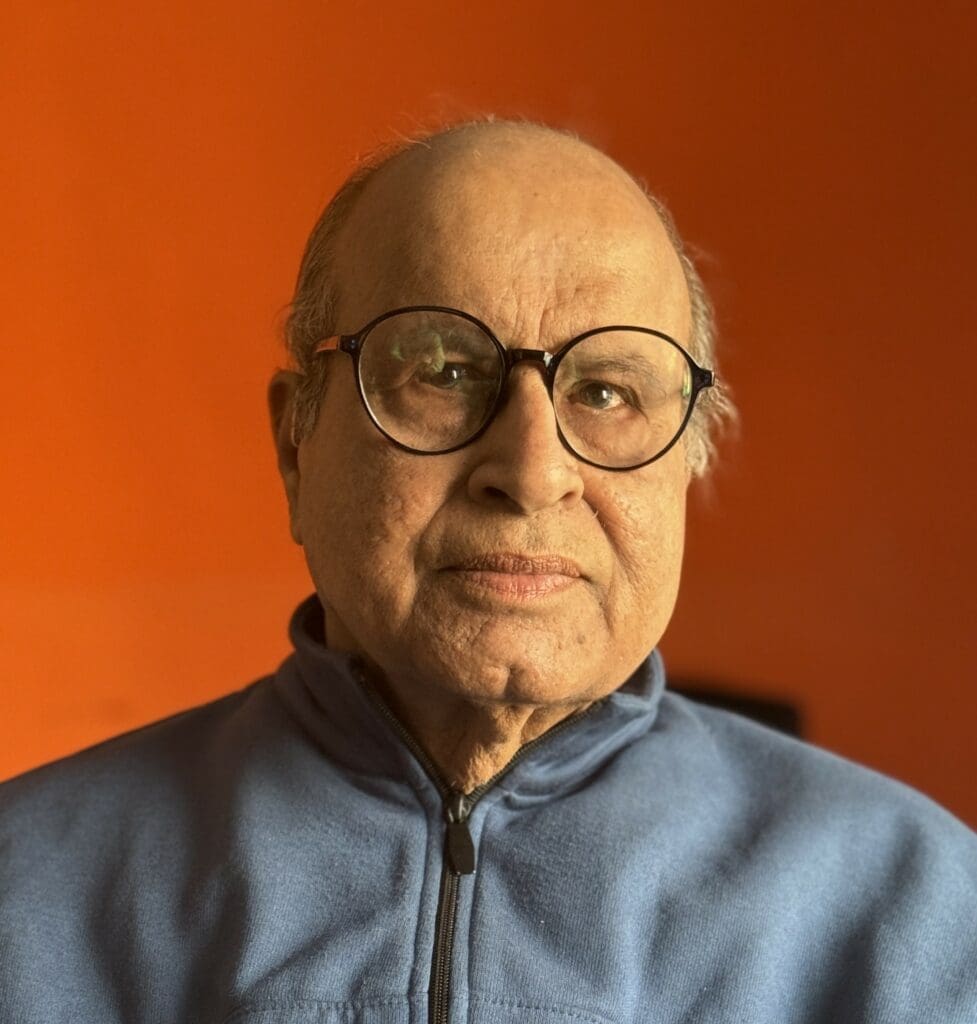Osteoporosis, characterized by weakened and brittle bones, poses a significant threat to the health and well-being of older adults in India. Screening for osteoporosis is essential for early detection and prevention of fractures, especially among men and women as they age.
Here’s why undergoing osteoporosis screening is crucial:
Osteoporosis screening helps identify individuals at risk of developing fragile bones before fractures occur. For women, the screening is typically recommended around the age of 65, as women are at higher risk of osteoporosis due to hormonal changes associated with menopause. However, men are also susceptible to osteoporosis, especially with advancing age and other risk factors such as low testosterone levels, smoking, excessive alcohol consumption, or certain medical conditions. Therefore, men should consider osteoporosis screening around the age of 70 or earlier if they have risk factors.
Failure to undergo osteoporosis screening can result in undiagnosed osteoporosis, leading to an increased risk of fractures. Osteoporotic fractures, particularly hip fractures, can have severe consequences, including reduced mobility, chronic pain, loss of independence, and increased mortality rates. Without timely intervention, osteoporosis-related fractures can significantly impact an individual’s quality of life and impose a substantial burden on healthcare resources.
For older adults in India, osteoporosis screening frequency may vary depending on individual risk factors and previous screening results. However, regular screening, typically every two to three years, is recommended to monitor bone health and assess the effectiveness of preventive measures and interventions.
Statistics from the Indian Journal of Orthopedics highlight the prevalence and impact of osteoporosis-related fractures in India. Studies indicate that osteoporotic fractures affect millions of Indians, with hip fractures alone accounting for a significant proportion of fractures among older adults.
By identifying osteoporosis early and implementing appropriate interventions, individuals can protect their bone health, reduce the risk of fractures, and maintain independence and quality of life as they age.
References:
Indian Journal of Orthopedics. (2022). Osteoporotic Fractures in India: A Review of the Literature and a Clinical Perspective.




